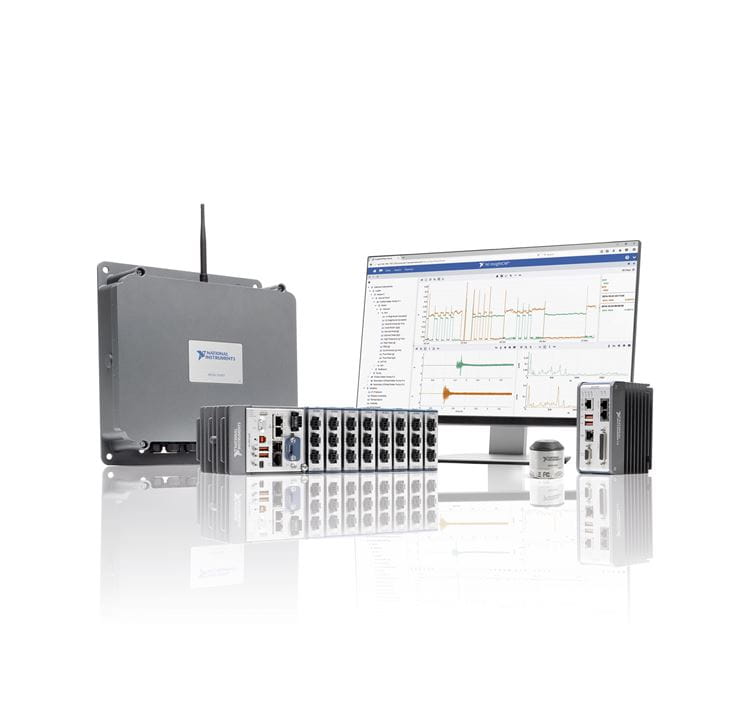Building automation
Industrial grade low power wireless connectivity for building automation and sensor networks


Nordic’s nRF52840 multiprotocol SoC is Nordic’s most advanced ultra low power wireless solution. The SoC supports complex Bluetooth LE and other low-power wireless applications that were previously not possible with a single-chip solution. The nRF52840 is Bluetooth 5-, Thread 1.1-, and Zigbee PRO (R21) and Green Power proxy specification-certified and its Dynamic Multiprotocol feature uniquely supports concurrent wireless connectivity of the protocols.
The SoC combines the M4F processor with a 2.4GHz multiprotocol radio (supporting Bluetooth 5, ANT™, Thread, Zigbee, IEEE 802.15.4, and proprietary 2.4GHz RF protocol software) with 1MB Flash memory and 256kB RAM, which together enable future over-the-air device firmware updates (OTA-DFUs) within the small form factor of the Wireless Vibration Sensor. The chip supports all the features of Bluetooth 5 (including 4x the range or 2x the raw data bandwidth (2Mbps)) compared with Bluetooth 4.2. Designed to address the inherent security challenges that are faced in IoT, the nRF52840 SoC incorporates the Arm® CryptoCell-310 cryptographic accelerator, offering best-in-class security.
The SoC is supplied with Nordic’s S140 SoftDevice, a Bluetooth 5-certified software protocol stack for building long range and high data Bluetooth LE applications. Nordic’s software architecture includes a clear separation between the RF protocol software and application code, simplifying development and ensuring the SoftDevice doesn’t get corrupted when developing, compiling, testing, and verifying the application code. The S140 SoftDevice offers concurrent Central, Peripheral, Broadcaster, and Observer Bluetooth LE role.
“We chose Nordic’s nRF52840 SoC for the Wireless Vibration Sensor because the chip’s RAM allocation enabled us to reduce our component count and package size over alternative designs,” says Jeff Kellam, Distinguished Engineer, NI. “Our product is tiny for industrial equipment but packed with features, and we didn’t have space in the envelope to add external RAM. The nRF52840’s copious RAM and Flash leave room for future code development, which is important for the long deployed life of an industrial product.
“When we first started the selection process, I identified a critical set of radio requirements, but most vendors couldn’t meet those needs. Nordic emailed me code in less than a week with a working example. This level of support has been consistent through the whole experience, and really made our product possible,” says Kellam.
NI InsightCM
National Instruments, NI, ni.com and InsightCM are trademarks of National Instruments. Other product and company names listed are trademarks or trade names of their respective companies
Industrial grade low power wireless connectivity for building automation and sensor networks